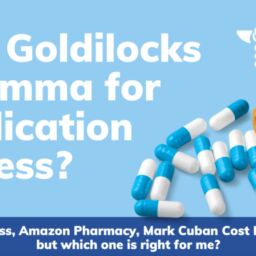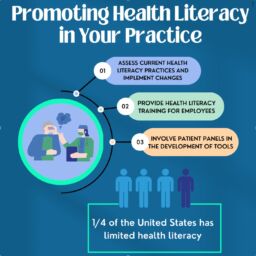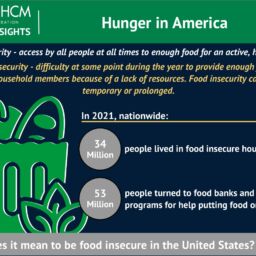Census Bureau Releases 2020 Census Population for More Than 200 New Detailed Race and Ethnicity Groups

Three Healthcare Organizations Join Forces to Save Lives

There are multiple factors that will impact an individual patient’s choice on how to go about getting their prescription medication. It can be overwhelming to navigate this complex issue.

FDA approves 1 Year delay of Track & Trace requirements

APPLICATIONS ARE OPEN! – Letters of Intent due 9/15/23

St. Vincent de Paul Charitable Pharmacy offers article regarding impact of a charitable pharmacy on their community and patients

‘Unbelievably good price’: KC-area pharmacy dispenses bargain medicine — and hope Go to article

Good Pill will provide direct access to hundreds of life-saving medications and save families $150+/month on healthcare cost

The Outcomes of Implementing and Integrating Comprehensive Medication Management in Team-Based Care: A Review of the Evidence on Quality, Access and Costs, December 2023

Recent federal legislative and regulatory updates in managed care pharmacy have prioritized topics ranging from expedited access to novel therapeutics to the health disparities and equity concerns affecting patient populations nationwide, but progress on these developments will depend on the impact of the midterm elections

Around one fourth of the United States population does not have adequate health literacy.
Health literacy is defined as the ability to obtain, read, understand, and apply healthcare
information

The pharmacy industry sees at least five changes

NOVA ScriptsCentral is excited to collaborate with the American Pharmacist Association to launch the “NOVA ScriptsCentral & American Pharmacist Association Safety-Net Health Equity Fellowship”.

Medication non-adherence has led to at least 100,000 preventable deaths each year and $100 billion annually in preventable healthcare costs in the United States

More than 34 million people in the United States were living in food insecure households in 2021, a decline from 38 million in 2020. The combination of the expanded child tax credit, Supplemental Nutrition Assistance Program benefits, and private donations all contributed to reducing food insecurity during the pandemic. Still there is much more work to be done, with food costs spiking 11.4%, the largest annual increase since 1979, inflation factors could easily cause food insecurity to grow.

NABP Associate Executive Director Josh Bolin on DSCSA compliance prior to FDA moving compliance deadline.

